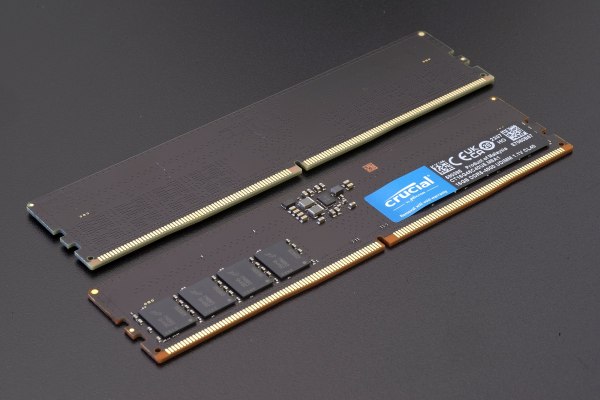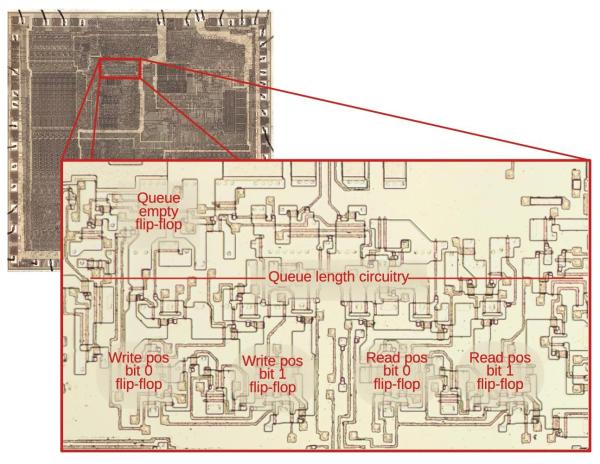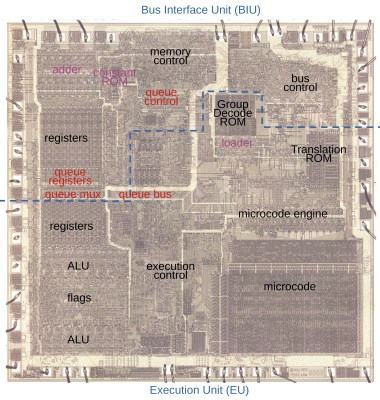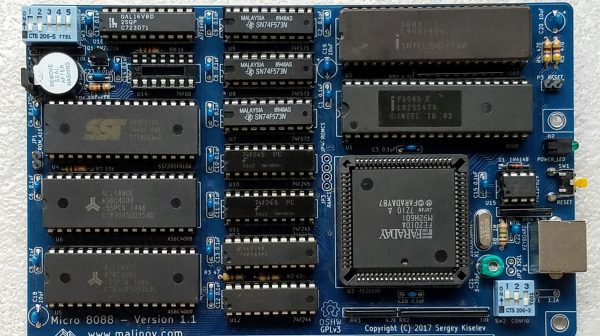It’s Friday the 13th, and despite having to dodge black cats and poorly located ladders, Elliot and Dan were able to get together and run down the best hacks of the first week of September. Our luck was pretty good, too, seeing how we stumbled upon a coffee table that walks your drink over to you on Strandbeest legs, a potato that takes passable photographs, and a cool LED display three times better than a boring old seven-segment.
If you’ve never heard of the Voynich manuscript, you’re in luck too, because we got a chance to look inside this medieval comic book literally, with multispectral analysis. Is your cruise ship too short? No worries, just lop it in two and add a section. Speaking of cutting things up, that’s what you need to do to see how your plus-size DIY rocket engine performed after test firing.
And finally, it was a sweep for Jenny this week with our “Can’t Miss” articles, where she both pines for a simpler, smaller web experience and wonders what the future holds for biomass fuels.




















